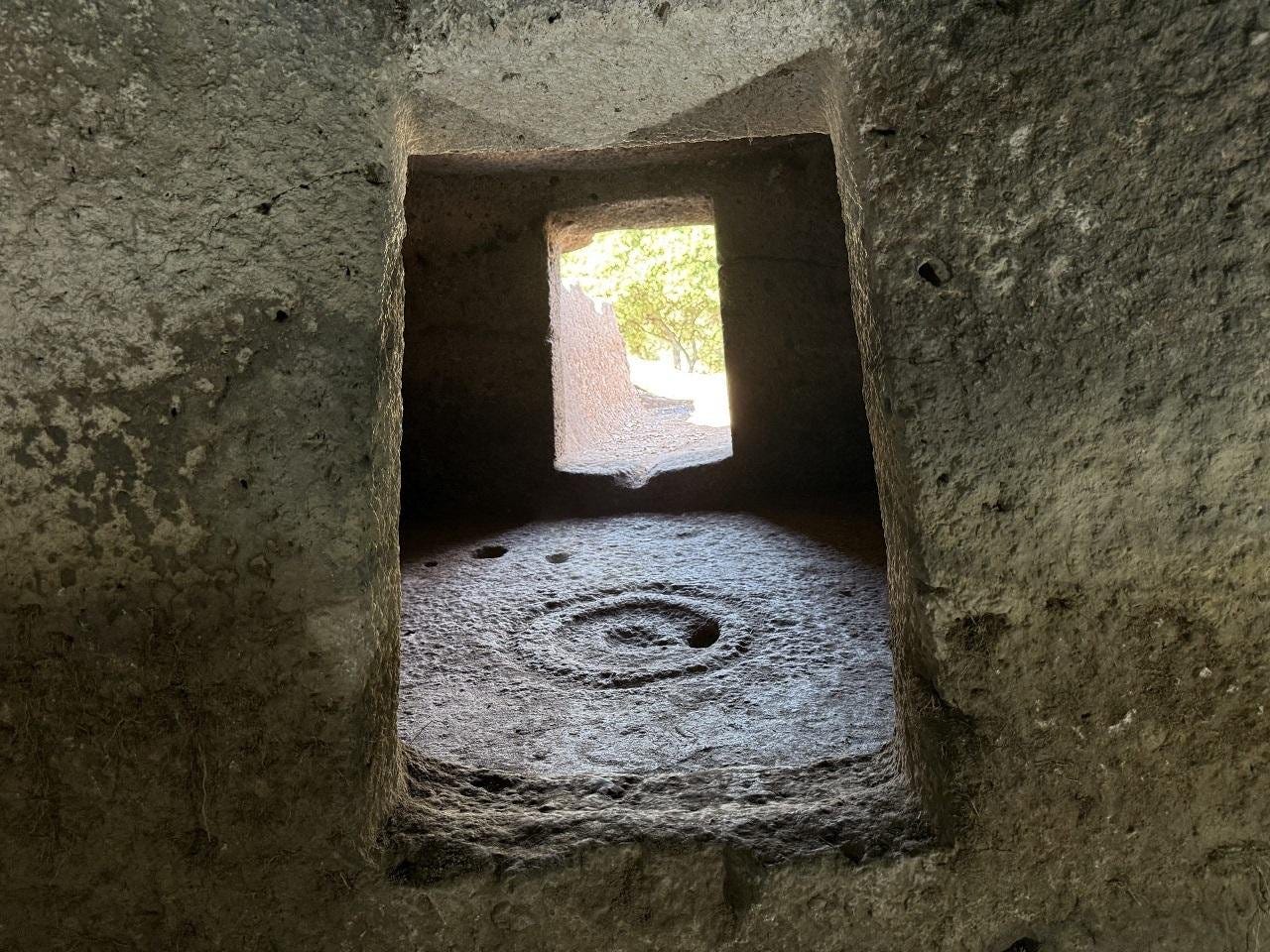🧐 Ancient Beat #161: The Shroud of Turin, psychoactive nuts, and simian dance moves
Good morrow, my friends — and welcome to issue #161 of Ancient Beat.
What do you think, can we bring back “good morrow”? Worth a shot.
Here’s the latest ancient news. 👇
🗞 Ancient News: Top 5
4,000‑Year‑Old Teeth Reveal Earliest Use of This Psychoactive Substance — Analysis of dental plaque from a 4,000‑year‑old burial at Nong Ratchawat in central Thailand provided the first direct biochemical evidence of betel nut chewing in Southeast Asia. Researchers identified arecoline and arecaidine—key compounds from areca (betel) nut—even though the teeth lacked visible staining and no plant fragments were found in the grave. Using liquid chromatography‑mass spectrometry on 36 samples from six individuals, they detected these markers in the molars of a lone female burial, revealing that this stimulant was used millennia ago despite leaving no obvious traces. The study demonstrates the power of dental calculus to preserve “invisible” cultural behaviors.
Searching for Artificial Memory Systems in Ancient Humans With Spatial Statistics — A new study uses spatial-statistical analysis to distinguish potential Paleolithic artificial memory systems (AMS)—objects used to record, store, and retrieve coded information—from decorative or butchery marks. By comparing the spatial patterns of various markings on artifacts with known ethnographic AMS, the research suggests that early modern humans in Africa and Europe may have used tools—like tally sticks or notched objects—for recording quantities. The findings offer insight into how symbolic cognition and quantitative thinking might have developed long before formal writing systems.
Three Prehistoric Fairy Houses Unearthed In Sardinia — Three newly discovered Neolithic rock-cut tombs—Tombs XVIII, XIX, and XX—have been unearthed at the Sant’Andrea Priu necropolis in Bonorva, Sardinia, raising the total to twenty “domus de janas” or “fairy houses.” Tomb XVIII features a carved hearth, a rectangular chamber, and artifacts including stone pickaxes, a greenstone axe, a spindle whorl, and obsidian fragments. Tomb XIX contains a small external pavilion, ceramic items, and a ritual vase. Tomb XX, the largest, includes seven chambers, one decorated with a painted band, and over 30 intact Roman-era ceramics such as pitchers, oil lamps, and plates—evidence of extended funerary use from the Neolithic through the Imperial Roman period. The tombs are clustered around a central monument and oriented toward dramatic geological features, suggesting symbolic spatial planning and long-term cultural continuity.
How ‘Scrumping’ Apes May Have Given Us A Taste For Alcohol — A new term, “scrumping” describes African apes’ habit of eating fallen, often fermented fruit. We’re all thinking it, so I’m just gonna say it: “Scrumping” sounds like a dance move. When I hear that apes are “scrumping”, I immediately envision apes twerking. I can’t be alone in that. Ok, so evidence suggests that about 10 lb of fruit consumed daily exposes chimps to low levels of alcohol—enabled by an amino‑acid mutation that boosted their ethanol metabolism by around 40 times. This behavior may have offered evolutionary advantages (like avoiding competition for tree fruit and fewer risks from climbing), and could have shaped early social habits around shared eating and drinking.
Shroud Of Turin Image Matches Low‑Relief Statue—not Human Body, 3D Modeling Study Finds — Ah, the Shroud of Turin — everyone’s favorite “Could it be Jesus?” shroud. Well, apparently, we’ve got an answer to that question. Well, another answer, as carbon dating already placed it at 1260-1390 CE. A digital modeling study reveals that the faint figure on the Shroud aligns more closely with an imprint made by a low‑relief statue rather than an actual body. Simulations deploying both a 3D human form and a flattened relief showed that the 3D model produced anatomically distorted projections, while the relief model matched the Shroud’s image in torso and head regions with far greater precision. This supports the idea of an artist‑made design, reflecting common medieval relief techniques rather than a cloth draped over a living—or once‑living—person.
That’s it for the free Top 5! If you’re a free subscriber, sign up for the paid plan for another 25 discoveries and 3 recommended pieces of content covering watchtowers, manuscripts, and workshops.
Until next time, thanks for joining me!
-James
Twitter: @jamesofthedrum
P.S. Here’s my Buy Me A Coffee link if you’d like to support my efforts with a donation.
P.P.S. If you want access to the paid version but it’s a little too steep for you right now, just email me — I want this to be accessible.
P.P.P.S. Paid members, read on!




